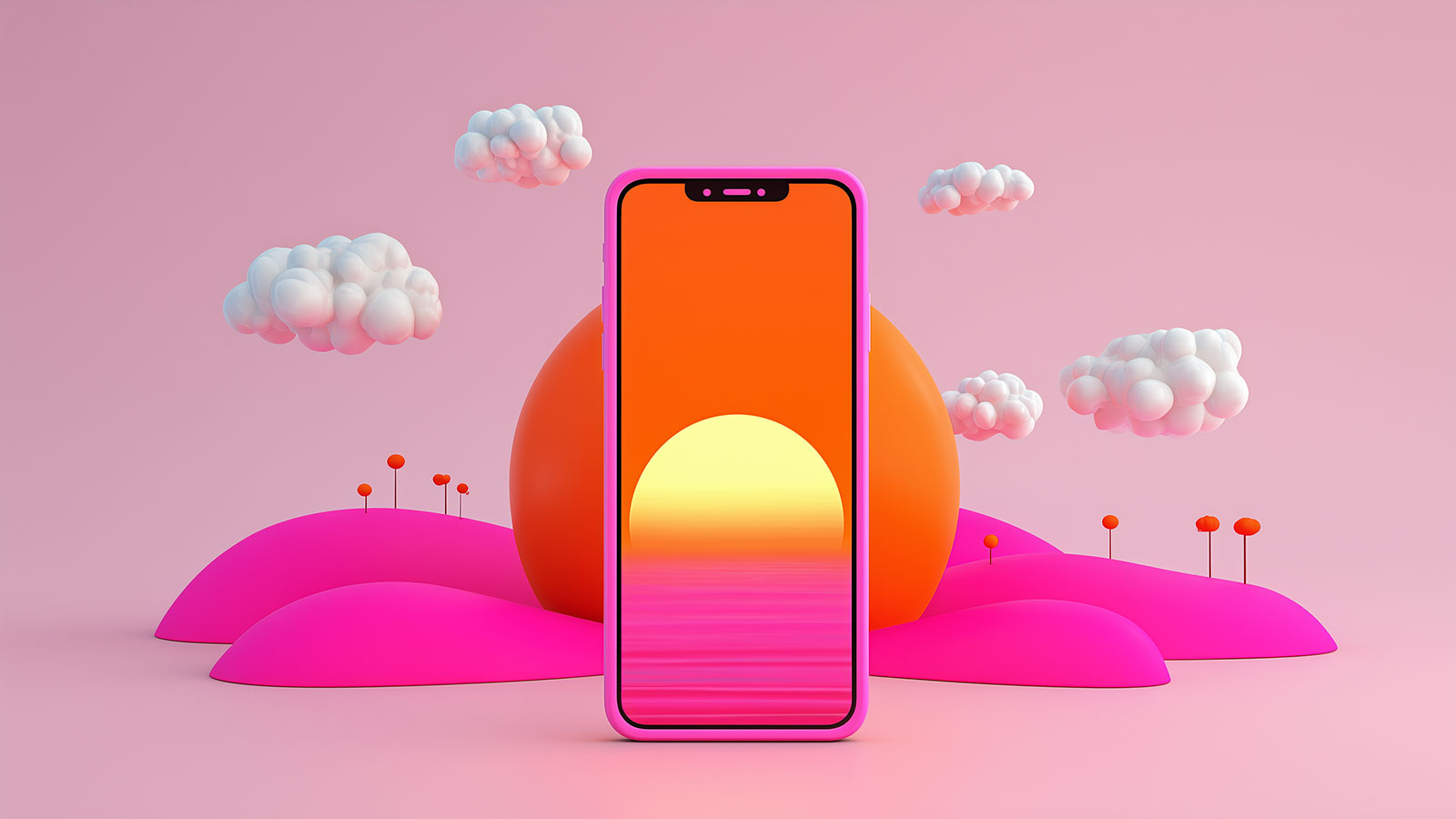Context-Aware Timing in Travel & Booking Apps: Turning Browsers into Bookers


Introduction
In travel, timing is as critical as price. Catch someone in the right moment and they’ll book the trip they’ve been dreaming about for months. Catch them in the wrong one and your promotion becomes just another ignored notification.
The travel and booking vertical is fiercely competitive. Major players like Booking.com, Expedia, Trip.com, Kayak, and Hopper invest heavily in retargeting, flash sales, and app notifications — but too often, these campaigns still run on fixed schedules or broad audience segments. The result? Countless impressions wasted on people who aren’t in the mindset to plan or purchase.
With on-device context detection, travel apps can stop throwing offers into the void and start reaching users when they’re primed to act.
The Opportunity (and Challenge) in Travel App Timing
Travel is a high-intent, high-value purchase — but it’s not an everyday decision. A user might open your app dozens of times before finally booking. They might browse hotels during a commute, compare flight prices over lunch, or check destination guides late at night.
Traditional timing strategies fail because they assume these actions happen on a predictable schedule:
- Generic day-of-week campaigns — “Weekend getaway deals” on Friday afternoons for everyone.
- Historic session timing — Sending a notification at the same hour they last browsed.
- Inactivity-based nudges — Pushing a “Come back!” prompt X days after their last visit.
But these rules miss the context — what the person is doing in that moment, and whether they’re mentally ready to take the next step toward booking.
From Browsing to Booking: Reading the Moment
With ContextSDK, travel apps can use over 200 real-world, on-device signals to detect when a user’s current state aligns with booking readiness.
Some real-world cues:
- Relaxed evening scroll — Phone idle for a few minutes, now active, low-motion environment, plugged in. Perfect for surfacing curated hotel or flight offers.
- Airport environment — Device stationary for an extended time, connected to new Wi-Fi network, location context suggests a travel hub (without storing GPS history). Ideal for upselling last-minute upgrades or lounges.
- Post-payday timing — Detected routine app check-ins right after salary date; pair with a “Treat yourself” trip suggestion.
- Weekend leisure mode — Low activity Saturday morning, long dwell time on content apps. Great moment to inspire trip planning with destination videos or bundles.
The key is that these triggers happen per user — not in bulk. ContextPush holds the message until each individual’s moment is right.
ContextPush: Notifications That Inspire, Not Interrupt
Instead of pushing a “Book now and save” message at 9 AM to all users, ContextPush waits for the personal right moment:
- User is relaxed at home on Sunday evening, browsing travel content on their phone.
- Device signals: stationary, high screen engagement, strong Wi-Fi, low-light environment.
- ContextPush triggers: “Your Bali flight just dropped $80 — lock it in tonight.”
No guesswork, no overexposure. Just perfectly timed nudges that turn browsing into booking.
ContextDecision: Smarter In-App Conversions
Getting a user into your app is only half the job. Once inside, ContextDecision helps you decide what to show based on their current receptivity.
Examples:
- If the user is taking their time and scrolling through hotel options — present upsells like room upgrades, excursions, or bundled car rentals.
- If their interaction is quick and focused — prioritize easy booking flows over inspiration content.
- If signals show they’re distracted — hold back complex upsells until a calmer moment, reducing abandonment.
By aligning in-app offers with user context, you create a booking experience that feels intuitive, not pushy.
The Benefits for Travel & Booking Apps
Context-aware timing can help major travel brands and fast-growing challengers:
- Increase booking rates — By surfacing offers exactly when users are most receptive.
- Reduce wasted impressions — No more pushing deals to users in irrelevant moments.
- Boost upsells — Target add-ons when attention is high, not mid-scroll rush.
- Protect privacy — All context detection happens on-device, without storing GPS or PII.
In a vertical where competition is fierce and acquisition costs are high, improving timing can have a bigger impact on revenue than slashing prices.
Final Boarding Call
Travel is emotional. The right trip offer at the right moment can flip a user from “just looking” to “just booked” in seconds.
With ContextPush, you can inspire in real time — and with ContextDecision, you can guide the booking flow to maximize value without losing trust.
No more blanket schedules. No more untimely nudges. Just context-aware engagement that feels as natural as travel daydreams themselves.
Because in travel, the right time isn’t “Friday at 4 PM for everyone.” It’s whenever your user is ready to say yes.






